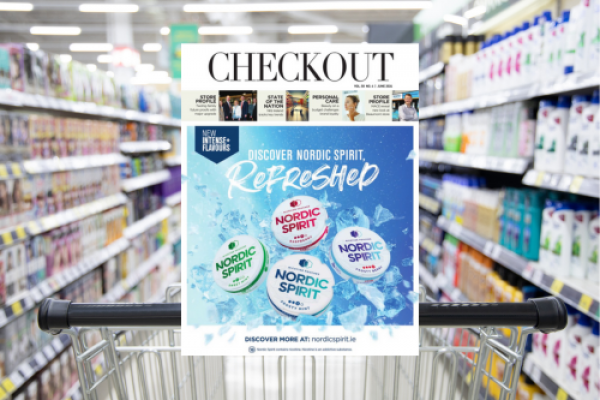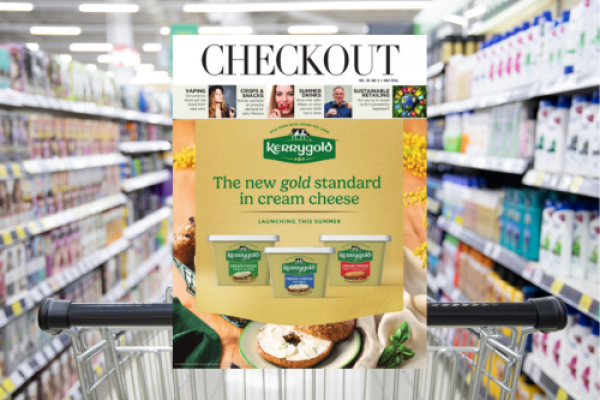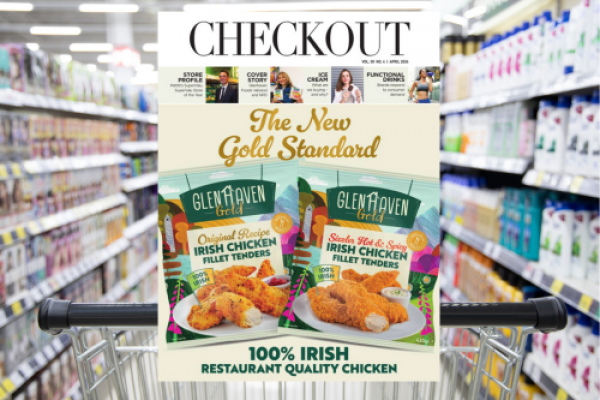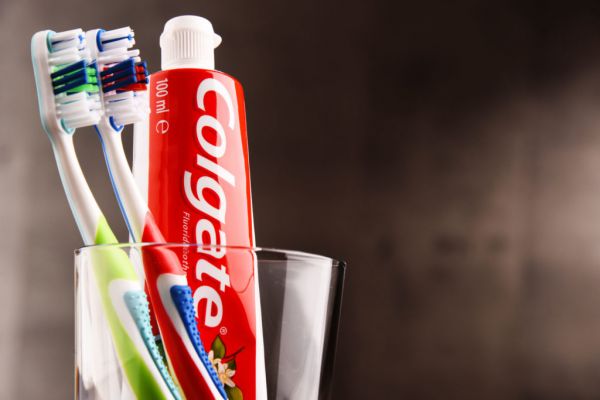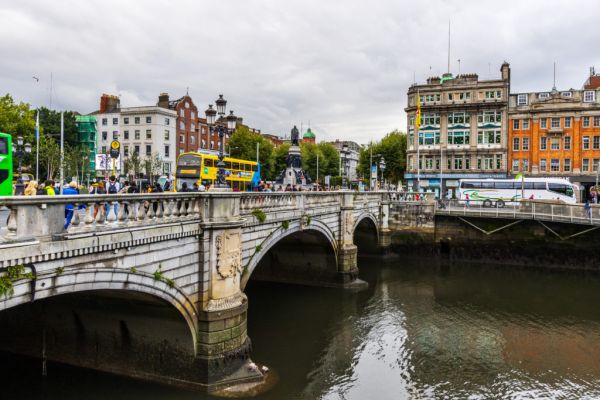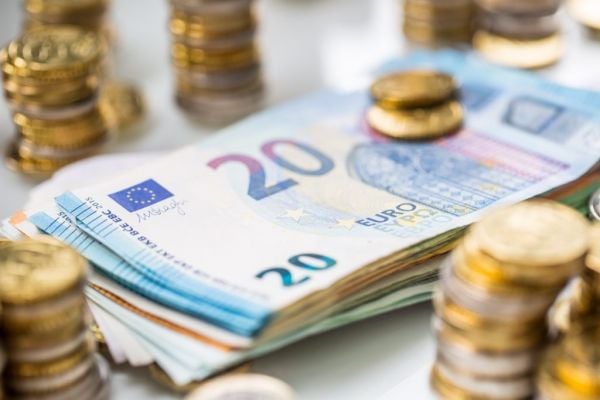Before taking on the role of Regional President - Europe at Bacardi, Stefan Bomhard held senior marketing roles with giants of FMCG such as Unilever, Cadbury and P&G. Just the sort of individual the drinks giant needed ahead of its 150th birthday in 2012. Checkout reports.
Managing the largest geographical zone for one of the world’s leading drinks companies is not a position to be taken lightly, but when Stefan Bomhard finally found a slot in his busy schedule to speak with Checkout, we were surprised at just how relaxed and friendly the man can be.
Stefan joined the Bacardi team after a myriad of previous FMCG positions (including roles at Unilever, Cadbury and P&G) had drawn him into the company’s gaze. However, it wasn’t all down to approaches, offers and opportunities. Fate, too, played a role. “A couple of Christmases ago, my daughter gave me a book about the history of the Bacardi company and the Bacardi family,” he explains. Having lived in Miami and been therefore exposed to Cuban history, Stefan was quite taken with the company. A couple of months later, he was approached to join Bacardi and met Facundo L. Bacardi, company chairman and great-great grandson of the Bacardi founder. “The company has an amazing history and heritage and iconic brands that are leaders in their categories,” he says. “Who could refuse such an opportunity to be part of something so extraordinary. Sometimes you have to believe in fate.”
As Regional President – Europe, Bomhard looks after the largest region in Bacardi’s portfolio, which includes “Europe, Russia, Mongolia and other countries around there.” He also oversees more than 3,000 employees – over half the entire organisation’s workforce. “We are very happy with our European results. Although the current situation means Europe may look less attractive than it did, we are still very positive about the area. We have seen our market share grow – and we are growing far faster than several of our key competitors.”
European Challenge
Europe is a massive market for Bacardi’s portfolio of spirits. Grey Goose vodka, for example, is one of the most highly regarded vodka brands available, and a popular customer choice, as is Bombay Sapphire in gin and Martini in vermouth. However, the general trend in Europe is misleading. “Spirits in Europe is only a small share of the overall alcohol industry,” says Bomhard. “Beer and wine is obviously huge. However, there are several companies diversifying and changing. Eastern Europe and Russia are key growth areas for us.”
Eastern Europe and Russia, of course, are vodka strongholds, but despite having some world-famous vodkas in its portfolio Stefan has helped oversee a huge drive towards consumers choosing Bacardi rum. “We have huge growth potential in this area,” he says. “As income levels rise in the area, consumers start to trade up from vodka to international spirits. For example, before our work, the rum market in Russia was tiny. Now, after ten years, it is quite sizeable.
“Ultimately our aim is to build up a cocktail culture. Bacardi is the ultimate product for cocktails; so we spent ten years teaching customers and barmen about cocktails. There’s a special reason for this in Eastern Europe. You have a massive spirits market in that area, because of vodka consumption.” As well as building up the Russian rum market, “[Bacardi] also owns the No.1 selling whisky brand called William Lawson, as consumers trade up from vodka into whisky.”
Cocktail Culture
The cocktail-focused approach also dictates much of the marketing in Bacardi’s more established markets, such as Ireland. “Ireland and the UK represent a key area for Bacardi,” says Bomhard. “It is a relatively strong market and the area is quite attractive for spirits. You have quite a developed cocktail culture in this area, which is good for us. Considering the work we have had to put into Russia, you can see this is appealing to us.”
One product launch, which has gone down incredibly well so far, has been Bacardi Oakheart, Bacardi’s first foray into the fast-growing spiced rum market, which was first launched in Ireland, ahead of an international rollout. “Oakheart received a very positive response from our customers. The product has immediately made a difference to our figures — attracting new consumers into our franchise and attracting beer drinkers. Oakheart and Coke, for example, is a very attractive and popular product. I’m very excited about it. We got a great response from consumers towards Bacardi Oakheart. It’s a segment that has developed over the last few years and this is the entry from the number one rum company in the world into this market. There has been a high level of trial and a rapid build up of awareness.”
For drinks companies, Europe may be more of a saturated marketplace in comparison to Asia and Latin America, but that doesn’t mean Bacardi have aspirations to vacate these core markets. “We are happy about all our European markets. In general, what we are seeing in the current environment is several companies in Southern Europe are divesting - which we see as an opportunity to gain a market share. What we are most excited about in Europe is innovation. Things like Bacardi Oakheart excites us because it is our first spiced rum. Martini Royale, too, which is a mix between Martini vermouth and Martini prosecco. So we see opportunities in northern and southern Europe as well.”
Celebration Time
To celebrate its landmark 150 year anniversary this year, Bacardi planned something new for every month of the year, in the different regions in which it operates, including the unveiling of a giant disco ball at the Imperia Tower in Moscow. “It was the world’s biggest disco ball, according to the Guinness Book of World Records,” Bomhard adds.
Understandably, with the brand celebrating such a milestone this year, Bomhard is optimistic about the future. As we finish our chat I ask what his personal plans are for the future, and the jovial German is as professional as ever. “To help Bacardi to be as successful in the next 150 years as it has been in the first 150 years,” he says.
The Bacardi history is a fascinating story. Don Facundo Bacardí Massó started the company in Cuba in 1862, when he and his family started to produce rum for a local market – the company’s famous bat logo was created as a branding tool to appeal to Cuba’s overwhelmingly illiterate population in the nineteenth century. In 1920, prohibition in the US threatened to derail the then 60-year-old company but, in what became a recurring theme of reinvention throughout Bacardi’s history, the influx of American jet setters into Cuba that followed sparked a huge growth in the brand and product.
Then, after originally financially supporting Fidel Castro’s rise to power in 1959, the Bacardi family found themselves forced to relocate. Bacardi moved its headquarters to the Bahamas in 1960 in a fleeing operation that went as smoothly as a glass of their very own rum. By 1979, Bacardi rum had become the world’s number one selling premium spirit brand.
“There are very few drinks companies who would still be around – and still be family owned – after 150 years in business,” says Bomhard. “And the company has come through many huge obstacles,” he adds with understatement. “Luckily, as a private company, we don’t need to report to shareholders every quarter. Also, we can take a somewhat longer-term look at things.”
That tactical approach was never more apparent than in the 1990s — the formative years of today’s multi-brand conglomerate. The starting signal for Bacardi’s diversification constituted the distiller’s acquisition of Martini & Rossi in 1993, after which Bacardi doubled its size and became one of the top five largest premium spirits companies in the world. From there, it has really taken off. In 1998 Bacardi added Dewar’s Scotch whisky and the Bombay Sapphire gin brand to its business empire and continued its growth with the purchase of Grey Goose Vodka in 2004.
And as for the impact of the current economic situation on the company’s fortunes? “The current scenario in Europe – and indeed the world – would probably not even make the top five headlines in our history.” Now that’s worth raising a glass to.
This article appeared in the December 2012 edition of Checkout.


